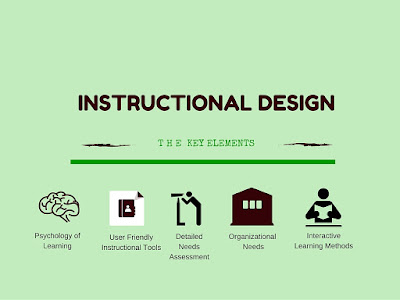Over the years, we have seen a separation of roles with knowledge management and Learning. Knowledge management is the process of capturing, developing, sharing, and effectively using organizational knowledge. L earning is the act of acquiring new, or modifying and reinforcing , existing knowledge , behaviours , skills and values . Lately we have seen the use of technology in knowledge management and learning is not left out. Where does learning fit in the process of capturing , developing , sharing knowledge? First we need to realize that without effective knowledge management, learning cannot be sustained. Note the word sustained and learning is sustainable application of knowledge. Learning tries to transfer explicit knowledge( that can be readily articulated, codified, accessed and verbalized ) derived from tacit knowledge ( is the kind of knowledge that is difficult to transfer to another person by codifying ...
